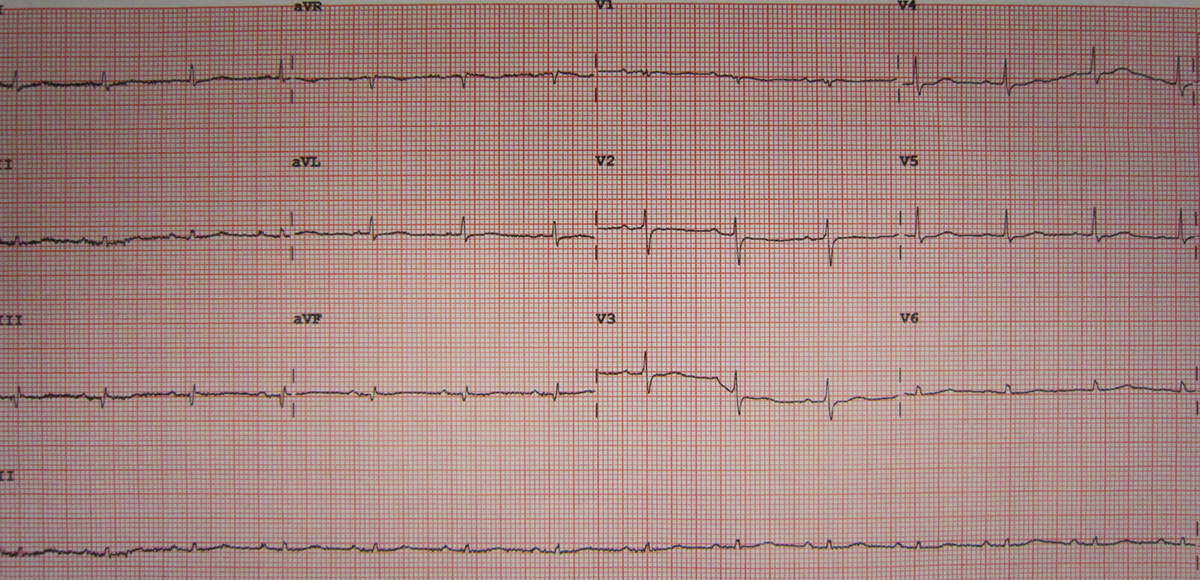
Hypokalemia is an electrolyte imbalance in which the level of potassium is lower than normal. This condition is also known as hypopotassemia.
Potassium is one of the very important electrolytes in the human body. It is engaged in many cellular processes. 95% of the entire body potassium is located inside the cells. The rest of the potassium circulates in the blood. Normal level of potassium in the blood ranges from 3.5 to 5.0 mmol/liter. In case the level of potassium drops below 3.5 mmol/ liter a person develops hypokalemia. The symptoms and signs of hypokalemia range from mild to severe ones depending on the degree of hypokalemia.
Causes of Hypokalemia
One of the most significant causes of hypokalemia is insufficient intake of potassium. Furthermore, loss of potassium can also occur due to excessive loss of fluid (vomiting, perspiration and diarrhea). Certain medications such as some laxatives and thiazide diuretics (furosemide and hydrochlorothiazide) increase the risk of hypokalemia. Hypokalemia is also possible if some antifungal medications are taken.
Diabetic ketoacidosis features with polyuria, volume contraction and subsequent loss of potassium and hypokalemia. In order for potassium to be well processed in the body, the body needs magnesium. This is why low level of magnesium may affect the level of potassium and cause its depletion. Certain genetic disorders (Bartter syndrome and Gitelman syndrome) may induce the effects similar to diuretics and cause hypokalemia. And finally, hypokalemia can be associated with alkalosis or low hydrogen ion concentration in the blood.
Hypokalemia Symptoms
Hypokalemia can be classified as mild, moderate and severe. In mild hypokalemia symptoms and signs may not be apparent at all and the condition can be only confirmed by testing blood samples.
Moderate hypokalemia may have many symptoms and signs. For example, moderate hypokalemia features with mental changes such as confusion, disorientation, lethargy, depression and psychosis. A patient is weak, complains about discomfort of muscles and muscle cramps. There is a noticeable decrease in tendon reflexes. Additional symptoms include hypotension, constipation, abdominal cramps, thirst and fatigue.
Severe hypokalemia symptoms and signs include bradycardia or tachycardia, ventricular arrthythmia and potential cardiac arrest, appearance of cushingoid, reduction of intestinal movements and potentially paralytic ileus, respiratory disorders, paresthesias, flaccid paralysis and extreme weakness. Severe hypokalemia is associated with potassium deficiency hypertension risk.
Treatment for Hypokalemia
A doctor takes samples of patient's blood and this way he/ she measures the level of potassium. In case the level of potassium is low but there are no symptoms and signs the person may be only advised to increase intake of food rich in potassium. If the condition is the consequence of other illnesses, the optimal level of potassium is obtained after underlying disease is brought under control. Severe hypokalemia requires hospitalization and intravenous administration of potassium.
















Your thoughts on this
Loading...